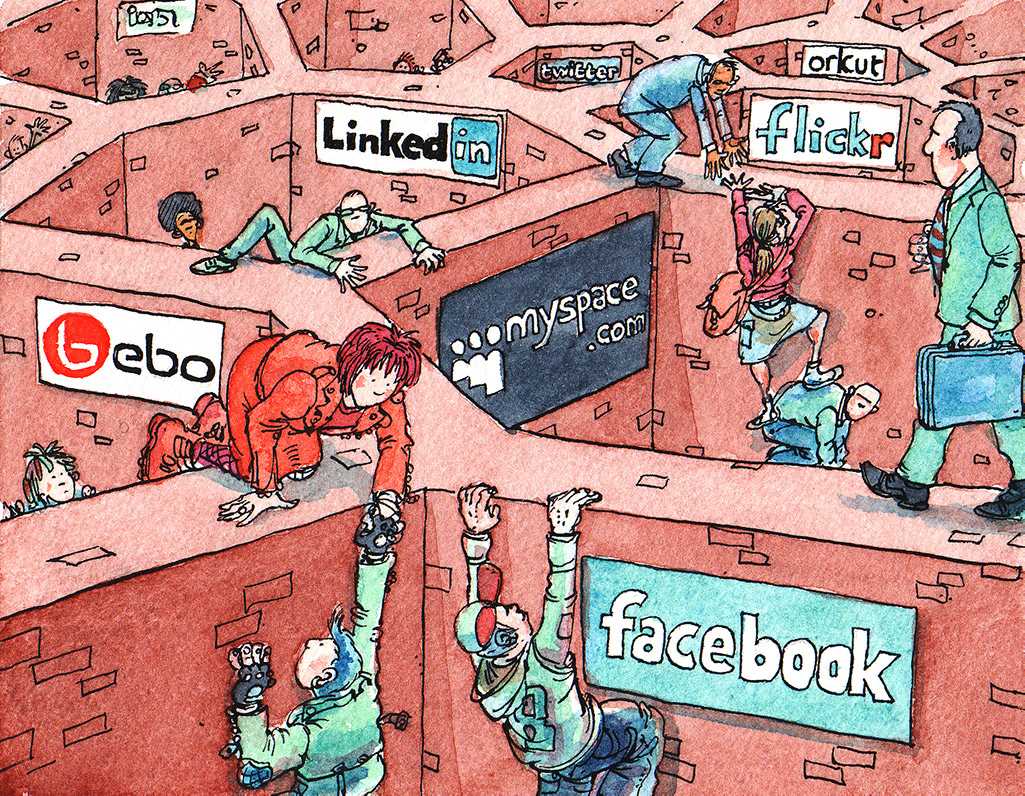
Ruben Verborgh, Ghent University – imec
Connected Data London, 4 October 2019
Ruben Verborgh
Ghent University – imec
Big Data is killing innovation.
Connected Data can bring it back.
With Solid, we aim to
reshape the relationship
between people, their data,
and the apps they use.

Solid is about choice.
The Solid ecosystem enables people
to pick the apps they need,
while
storing their data wherever they want.
People control their data,
and share it
with the apps and people they choose.
{
"@context": "https://www.w3.org/ns/activitystreams",
"id": "#ruben-likes-cdl2019",
"type": "Like",
"actor": "https://ruben.verborgh.org/profile/#me",
"object": "https://connected-data.london/#2019",
"published": "2019-10-04T09:00:00Z"
}{
"@context": "https://www.w3.org/ns/activitystreams",
"id": "#ruben-likes-cdl2019",
"type": "Like",
"actor": "https://ruben.verborgh.org/profile/#me",
"object": "https://connected-data.london/#2019",
"published": "2019-10-04T09:00:00Z"
}{
"@context": "https://www.w3.org/ns/activitystreams",
"@graph": [{
"type": "Like",
"actor": "https://ruben.verborgh.org/profile/#me",
"object": "https://connected-data.london/#2019",
"published": "2019-10-04T09:00:00Z"
},{
"type": "Like",
"actor": "https://example.org/people/george#me",
"object": "https://connected-data.london/#2019",
"published": "2019-10-04T09:05:00Z"
}]
}People think RDF is a pain
because it is complicated.
The truth is even worse.RDF is painfully simplistic,
Dan Brickley & Libby Miller
but it allows you to work with real-world data
and problems that are horribly complicated.
<LoggedIn>
<p>Welcome, <Value src="user.firstName"/></p>
<Image src="user.image" defaultSrc="profile.svg"/>
<ul>
<li><Link href="user.inbox">Your inbox</Link></li>
<li><Link href="user.homepage">Your homepage</Link></li>
</ul>
<h2>Your friends</h2>
<List src="user.friends.firstName"/>
</LoggedIn><LoggedIn>
<p>Welcome, <Value src="user.firstName"/></p>
<Image src="user.image" defaultSrc="profile.svg"/>
<ul>
<li><Link href="user.inbox">Your inbox</Link></li>
<li><Link href="user.homepage">Your homepage</Link></li>
</ul>
<h2>Your friends</h2>
<List src="user.friends.firstName"/>
</LoggedIn>data.user.friend.firstNameProxyawait data.user.friend.firstName